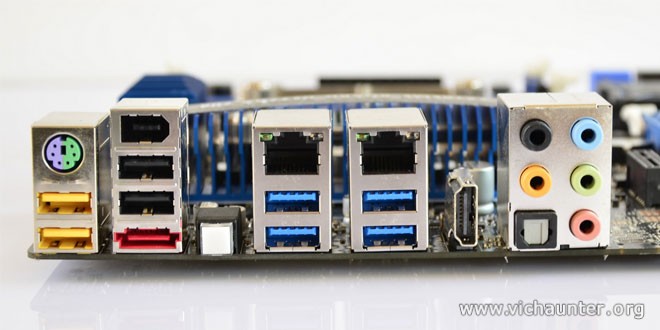8) USB Ports 1.0 - 2.0 - 3.0, Type-A, Type-B, Type-C, Usb Mini, Micro Usb, PS / 2, Ethernet (Rj45, Speed (10,100,1000)). Serial, Parallel, External Sata. - USB 1.0, USB 2.0 and USB 3.0, what does the number mean? As in software, the number that accompanies the acronym USB (Universal Serial Bus) refers to the version of the technology, and therefore follows a chronological order. After USB 1.0, which allowed transfer speeds of 188 kB / s, USB 1.1 arrived, with 1.5 MB / s of maximum. usb type-c When the jump between versions has been important, or its use has changed the way we understand technology, we have updated the first digit. This happened with USB 2.0. We stopped using this plug only for keyboards and mice, since its 480 MB / s of transmission speed allowed its use as a spike or pendrive, the coupling of an external hard drive and even connect two computers. It also allows charging devices at 0.5 A. The USB 3.0 went further, and we can transmit up to 600 MB / s (5 Gbps) and charge our devices at 0.9 A. The latest version of this standard, the USB 3.2 will allow working with up to two lines in parallel, reaching transmission speeds of up to 10 Gbps. The importance of the quality of the cable and the plug These standards define the maximum data speed and the maximum load amperage that the cable is capable of carrying, but they do not speak about the quality of the cable.

No hay comentarios:
Publicar un comentario